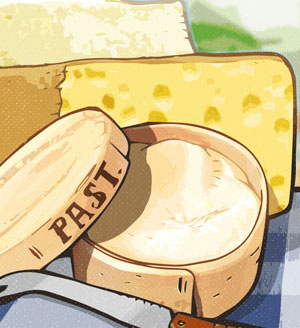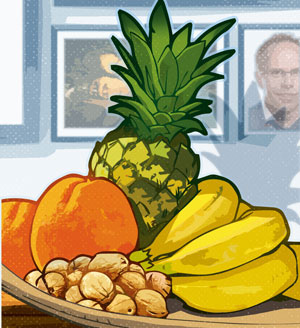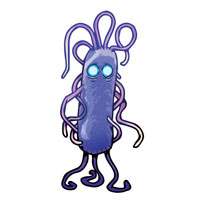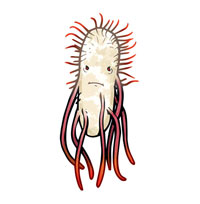By continuing your visit to this site, you accept the use of cookies.
Learn + I agreeFoodborne microbes
Foodborne germs: friends or foes ?
Many food sources contain microbes, which is normal and not worrisome.
Yogurts and cheese contain bacteria, bread and beer have some yeast which are microscopic fungi. Moreover, mold, which is also a fungus, gives camembert cheese and blue cheese their refined taste.
All these microbes are therefore very useful.
However, some food contain low number of germs that can become harmful as soon as they get to multiply. Furthermore, food is a perfect place for microbes to grow.

The food we buy is monitored
In Europe, the health authorities monitor the microbial quality of our food.
Thanks to the existing standards and preventive controls, the risk is low to find any pathogenic1 germs in great numbers in the food we buy.
As long as we do not let the germs multiply in our homes.

And at home ?
Good hygiene in the kitchen, respect of the cold chain and cooking are our best chances to keep undesirable microbes under control.
Some food more than others can be a source of food poisoning or infections with quite unpleasant consequences.
Let’s get to know them to avoid foodborne infections.
Wanted
Pathogen1 = that causes pain (from the Greek pathos). Therefore, a pathogenic agent is a disease-causing microbe.




